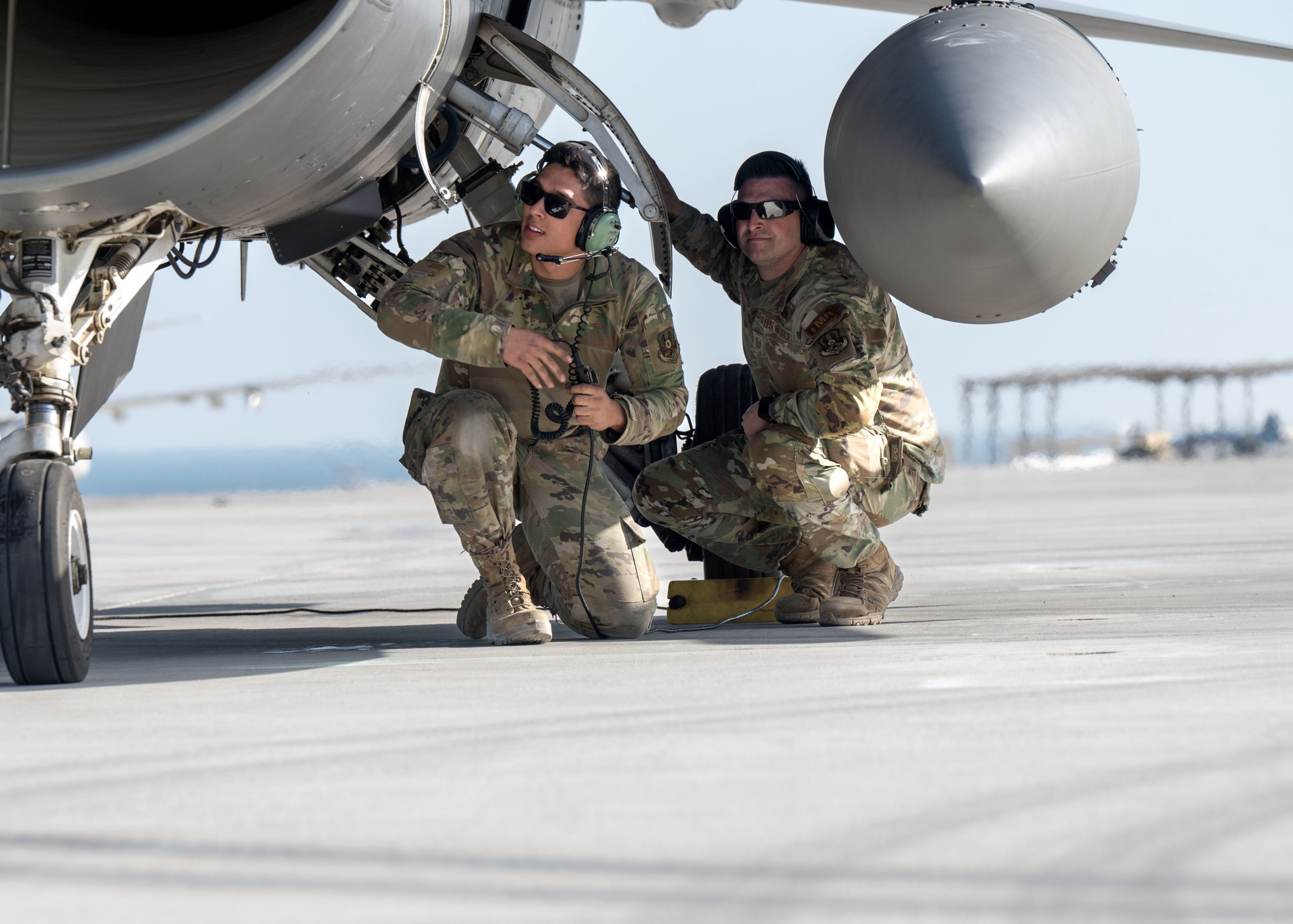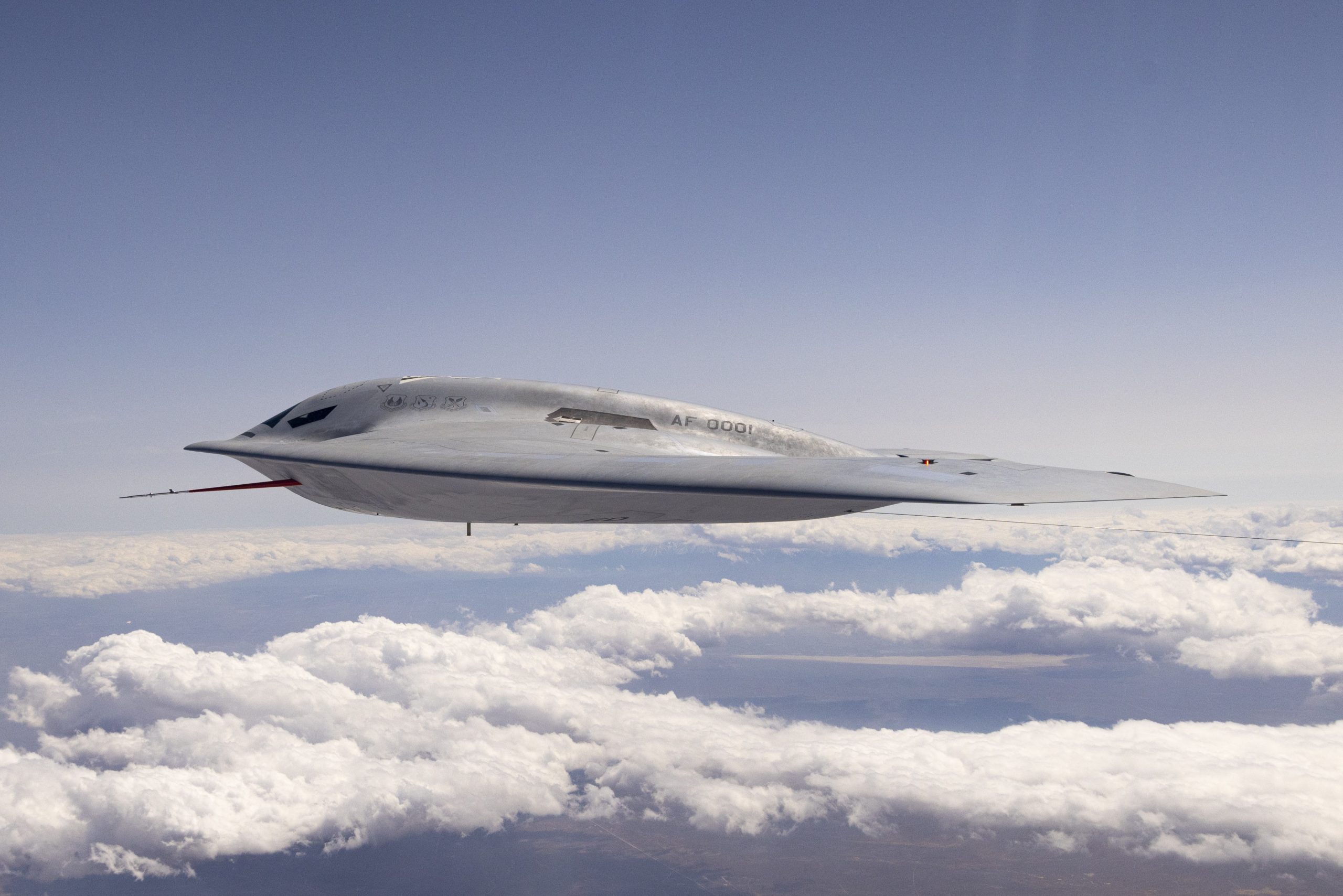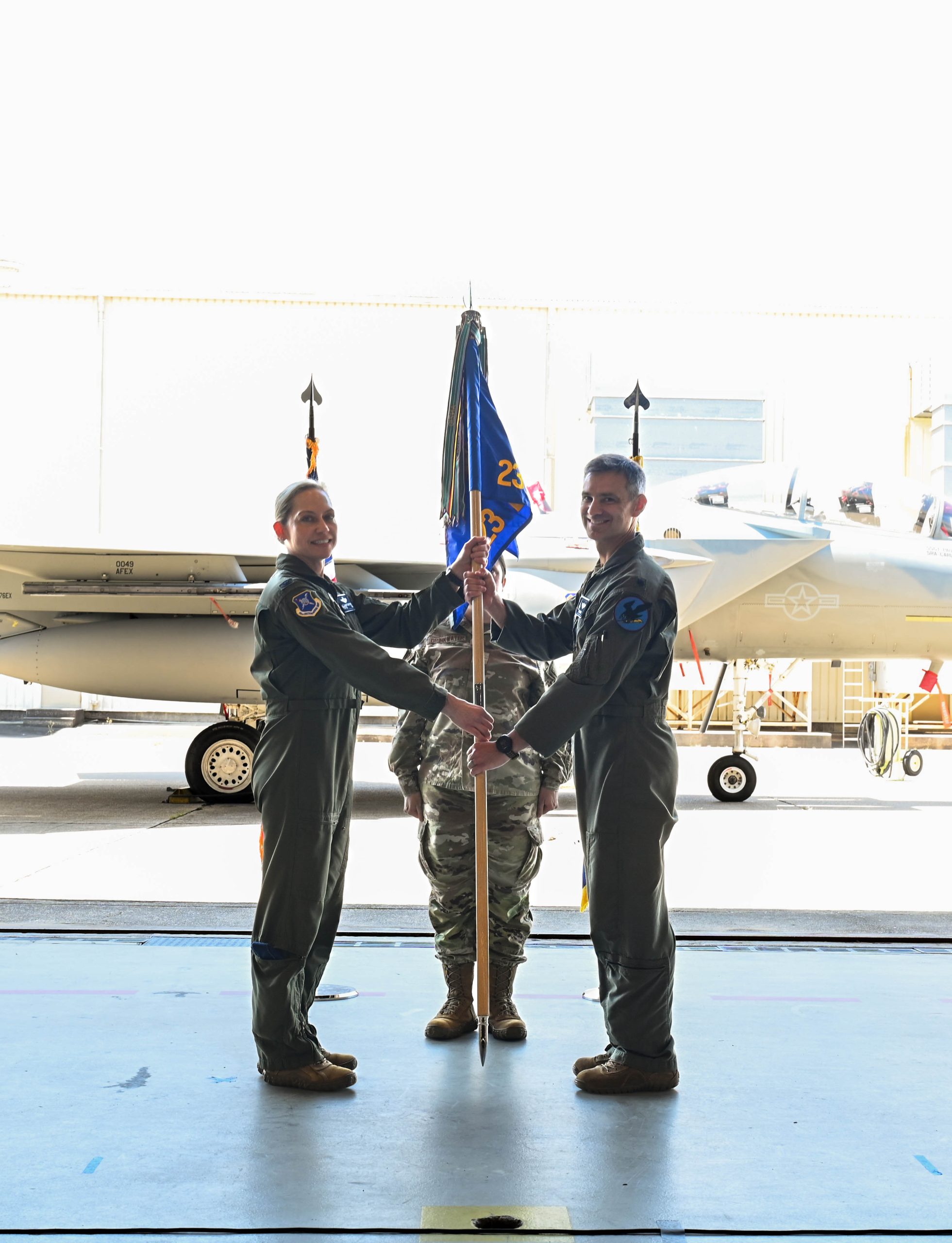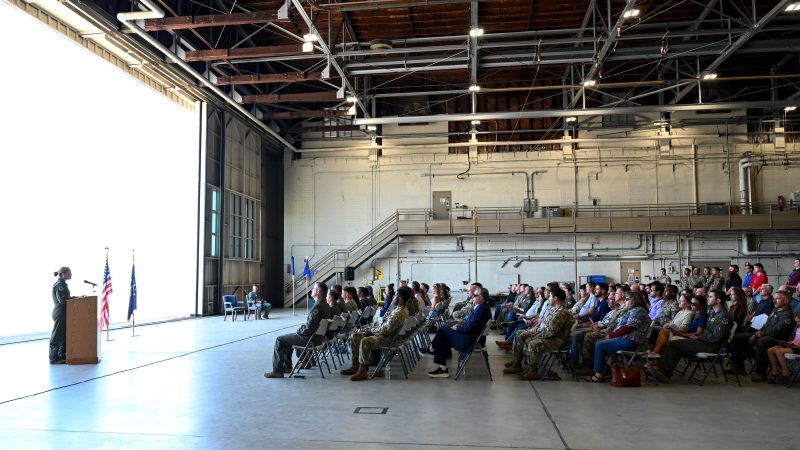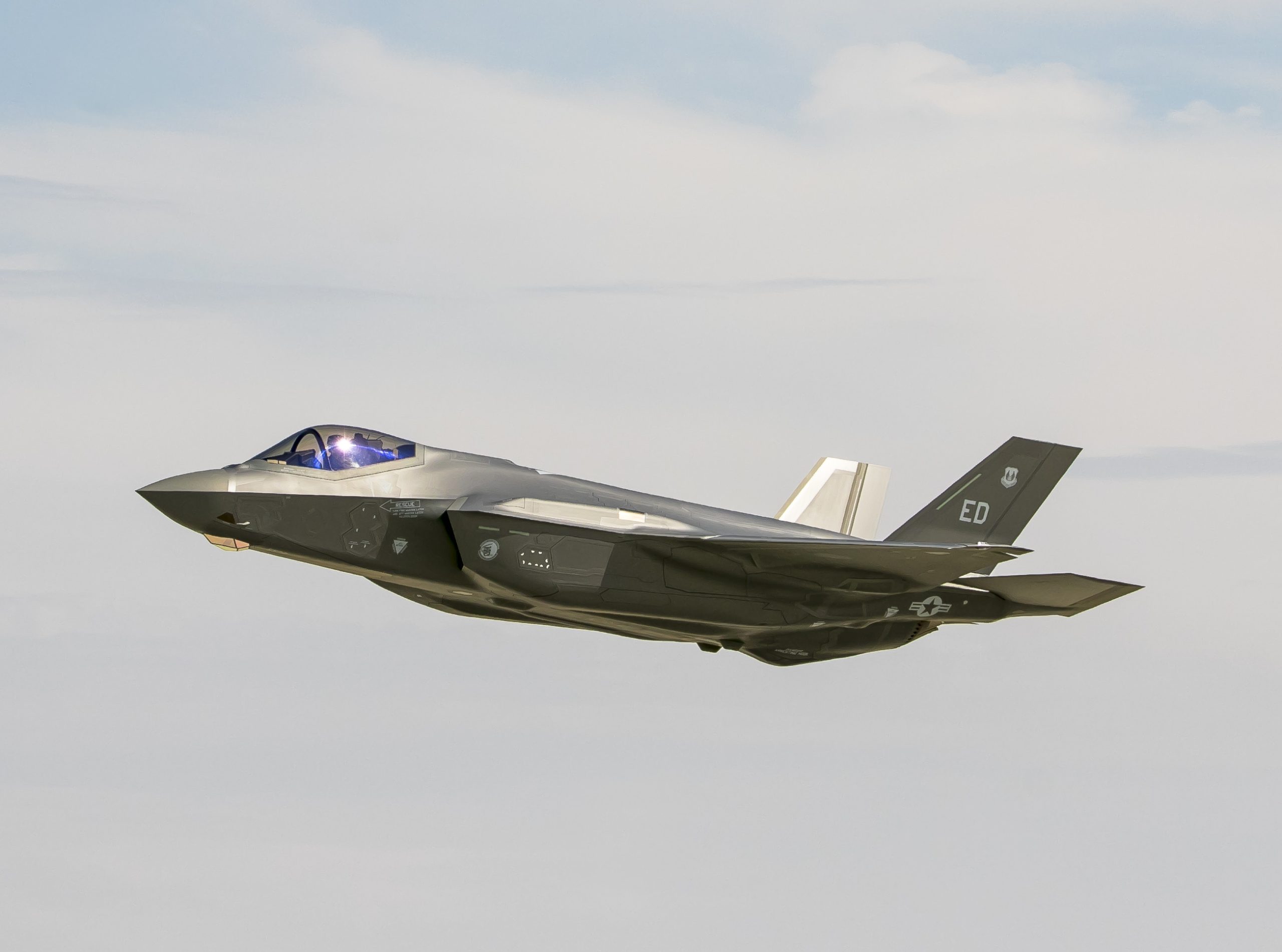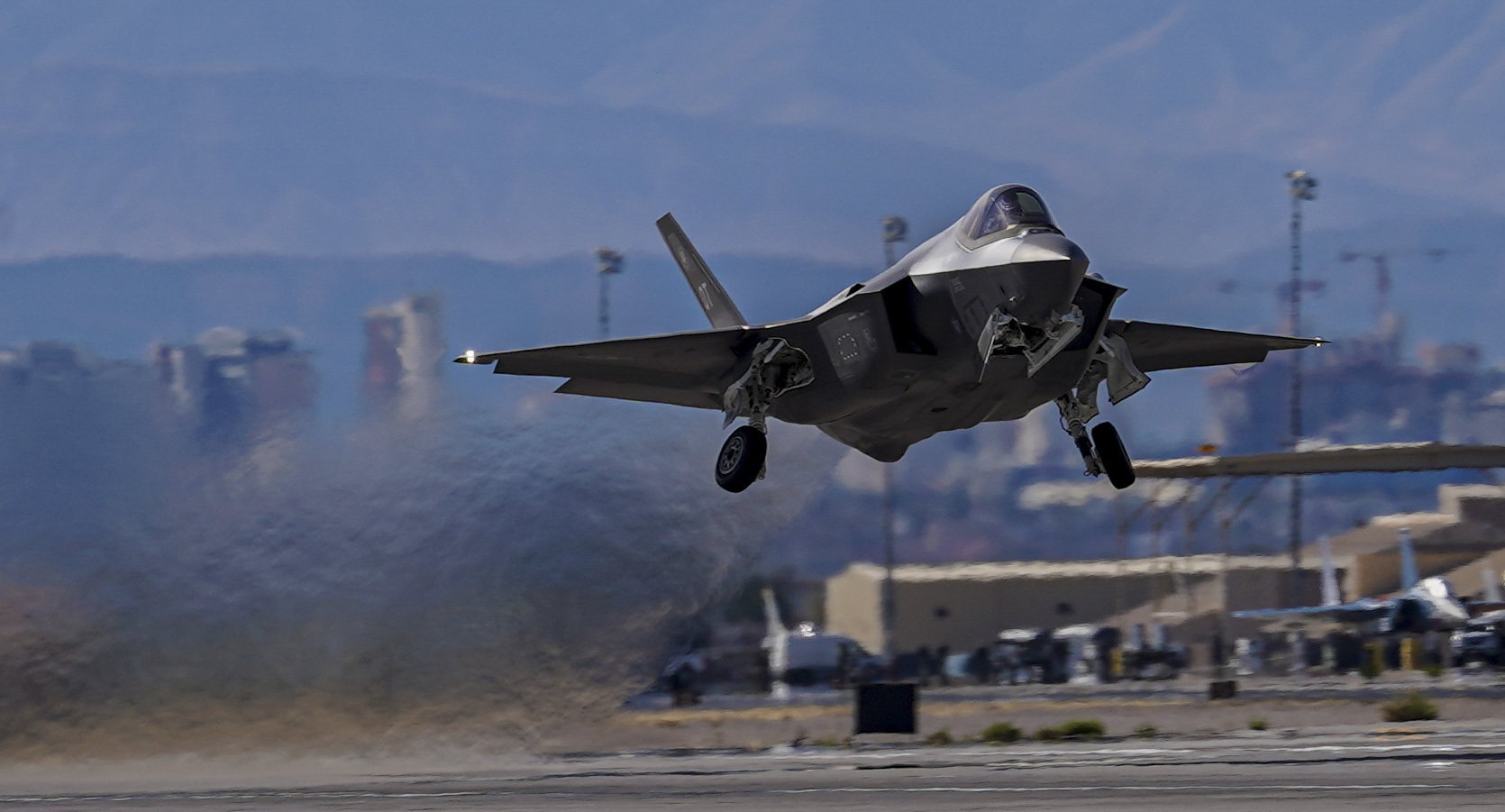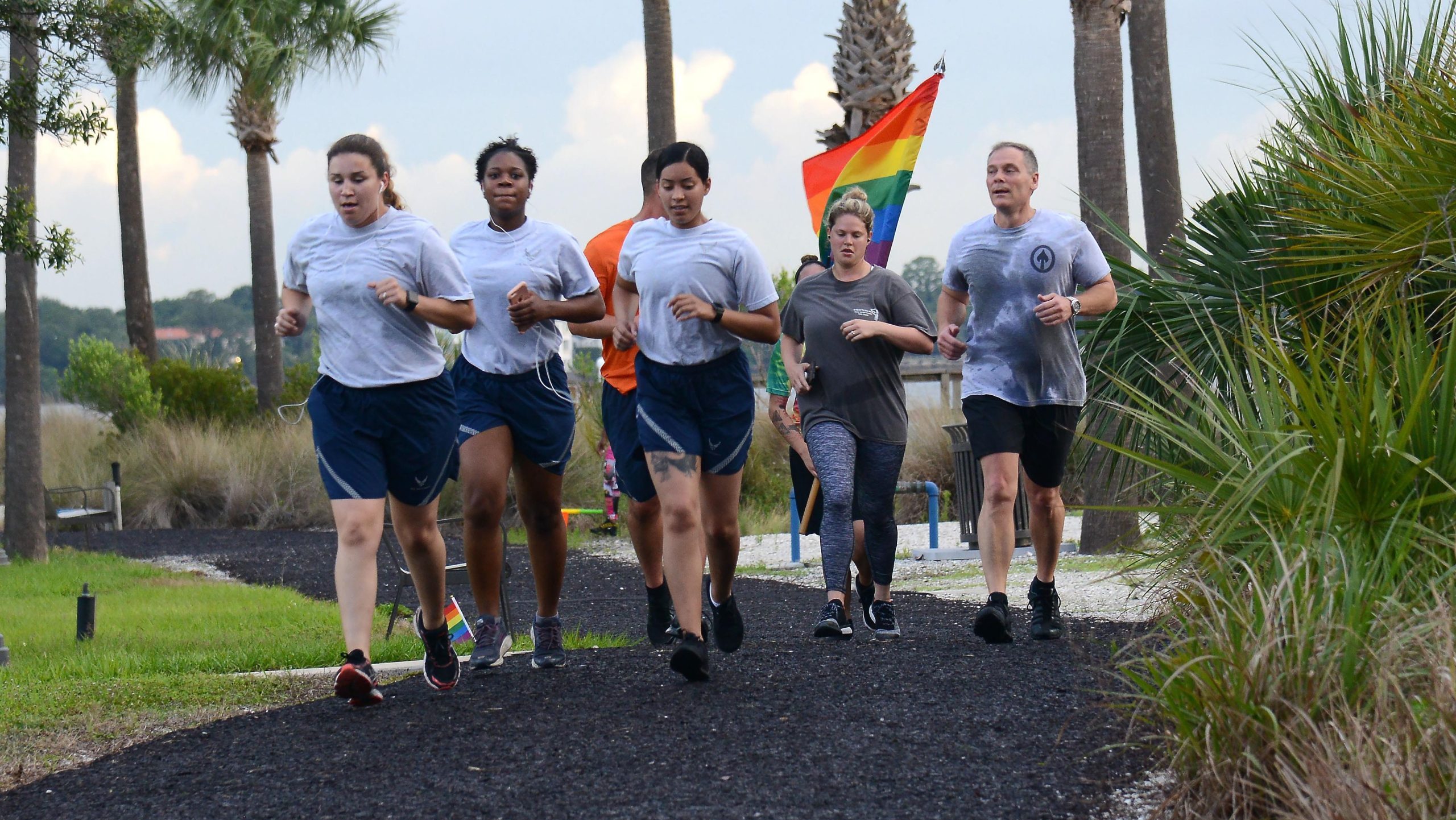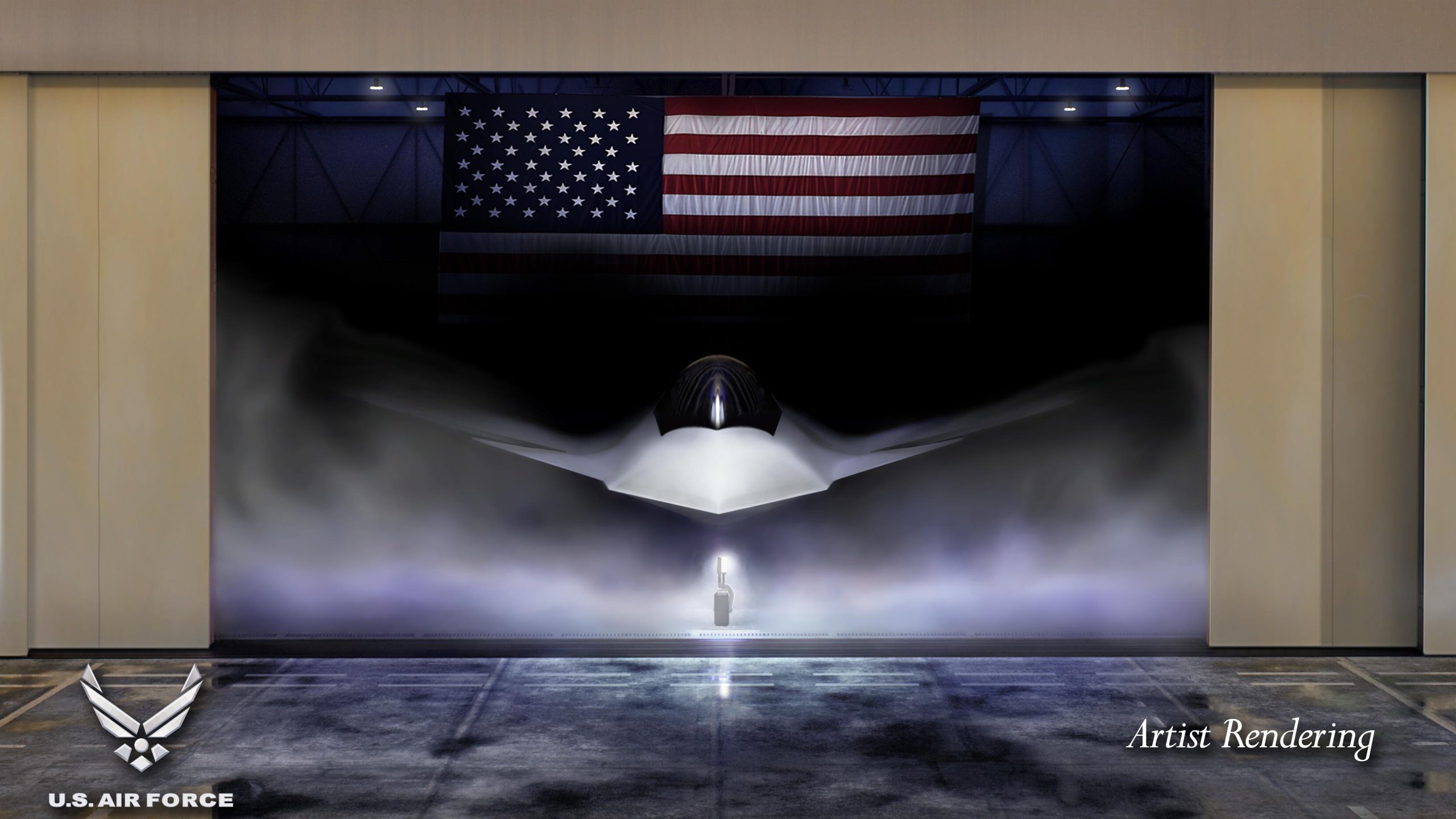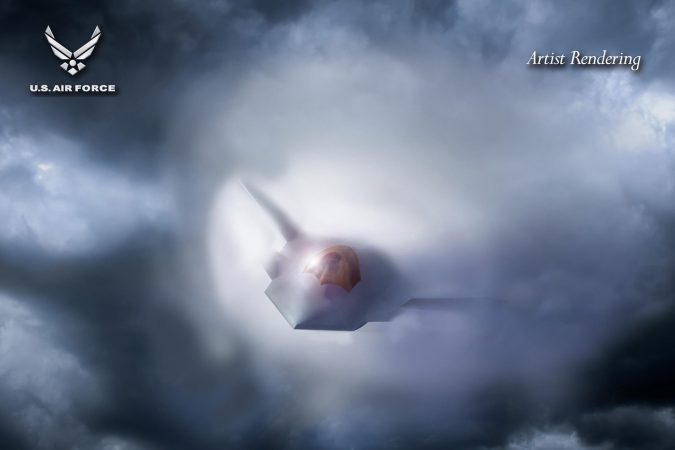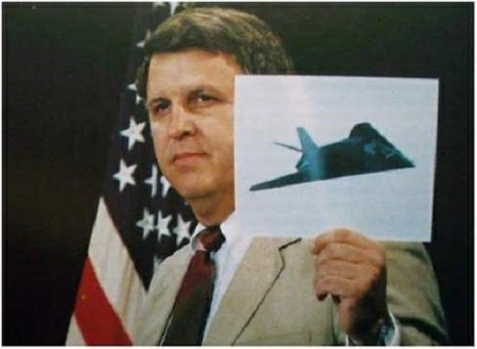The Air Force must better explain Agile Combat Employment concepts, align training standards, and address staff shortages to be ready to implement the strategy, according to a new report by the federally funded RAND Corporation.
ACE involves Airmen working in small teams and rapidly moving between expeditionary airfields to avoid being targeted by enemy missiles and other long-range weapons. Service officials bill ACE as the key to success in a conflict against Russia or China, but it marks a shift from the past quarter-century of the Global War on Terror, where Airmen generally operated in large groups from permanent bases with steady supply streams and communications.
ACE requires mission-ready Airmen, the Air Force’s term for troops who can operate in small, multifunctional teams in contested and austere locations.
“However, the road to implementation of MRA has been anything but straightforward, particularly for Airmen in combat support communities, such as maintenance, logistics, engineering, and force protection,” RAND wrote in its April 18 report.
Combat support Airmen fix aircraft, maintain runways, move cargo around base, and defend the flightline, but they don’t typically organize and train as multifunctional teams, RAND noted. The Air Force asked RAND to help chart a path for preparing these Airmen for ACE, and the think tank grouped its findings into three focus areas: organizing, training, and cross-cutting issues.
Organizing
Within organization, RAND found two key themes: there is still confusion about how Air Force units are organized for ACE, and finding enough combat support Airmen to support those units will be a challenge.
Alongside ACE, the Air Force is introducing Air Task Forces, then Combat Wings, as the units of action that will present operational capability to joint force commanders. ATFs and Combat Wings are meant to provide more stability for Airmen and enhance effectiveness by allowing them to train together for longer.
Among the formations are Mission Generation Force Elements and Mission Sustainment Teams. The MGFEs include aircraft and the maintenance Airmen who fix them, while the MSTs include engineers, security forces, and other roles who help the MGFE work from austere locations.
But RAND found confusion about the operational relationship between the two kinds of groups. A representative from Air Mobility Command told RAND that MSTs are expected to attach to mobility MGFEs, but an Air Combat Command said combat MGFEs would include some combat support Airmen that would make attaching an MST unnecessary.
“The main implication of this confusion is that it could result in redundancies of [combat support] training … and manning if MSTs do not deploy” to contingency locations, RAND wrote. It also could lead to some Airmen being unqualified to deploy to a contingency location if they have to work in an MST or MGFE with a different understanding of the concept.
The Air Force ought to clarify the relationship between MSTs and MGFEs, RAND wrote, but another challenge is finding enough Airmen to staff those units.
“Indeed, our interview participants indicated that not having enough [combat support] Airmen to send to ATF elements is one of the top impediments for organizing Airmen in the ATF elements,” RAND said.
Multiple factors contribute to the shortage, including the fact that such Airmen provide both in-garrison support and operational mission support, making it difficult to put experienced Airmen on an ATF without hurting in-garrison work.
RAND recommended adjusting ATF requirements to accommodate a broader range of skill levels or specialties, reducing stovepipes that limit how Airmen are assigned and employed, and shifting some base support functions to civilians to free up Airmen for operational mission support.
Training and Proficiency
ACE preparations for combat support Airmen are further clouded by unclear training and proficiency standards, which interviewees feared would lead to different levels of preparedness between units and lead to wings not prioritizing mission-ready training for support Airmen.
“USAF would need to ensure that the tasks for which Airmen are to be trained to the proficient level occur with regularity,” RAND wrote.
The think tank recommended the Air Force set cross-utilization training standards, as well as a qualification program to certify that combat support Airmen are meeting mission-ready standards. The Air Force should also assign proficiency targets for ACE training events so that units can ensure they’re ready for deployment, RAND said.
Cross-Cutting Issues
Like the relationship between MSTs and MGFEs, RAND also noted confusion at the wing level and below about what qualifies as a mission-ready combat support Airmen.
“Although this lack of clarity on the definition might not affect much in the short term, some interviewees and workshop participants cited long-term challenges, such as variation in … training standards across wings,” RAND wrote. “This can create redundancies and gaps in Airman capabilities if what counts as MRA does not translate across assignments and missions.”
A consistent understanding is even more important as the Air Force switches to a new force generation model that hinges on reaching certain proficiency levels by predetermined points in a rotation cycle, RAND wrote. Still, it’s difficult to know who is proficient when the Air Force lacks a comprehensive proficiency tracking mechanism for mission-ready Airman skills, the think tank said.
A separate RAND report released on April 16 noted the same problem. Subject matter experts told RAND that Air Force Specialty Codes “as currently structured, do not accurately reflect Airmen’s existing skills and abilities; moreover, existing personnel databases and management systems do not comprehensively trackAairmen’s skills.”
RAND’s recommendation for improving how combat support Airmen prepare for ACE include:
- Clarify the relationship between MSTs and MGFEs
- Make the assignment requirements for ATFs and combat wings more flexible
- Consider civilianizing base support functions to address CS manning challenges
- Set cross-utilization training standards for CS Airmen
- Establish a qualification program to certify MRA training
- Assign proficiency targets for training events
- Further hone CS ACE capabilities, including capabilities after battlefield attrition, through exercises such as Bamboo Eagle
- Develop and disseminate a more detailed definition(s) of MRA for MAJCOMs and wings to communicate expectations to Airmen
- Establish a way to track CS MRA skills in personnel systems, such as a through a prefix to an AFSC or a special experience identifier
